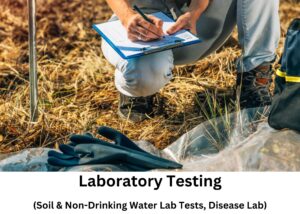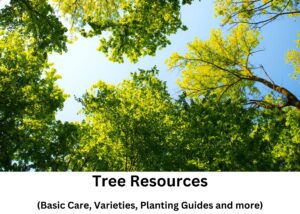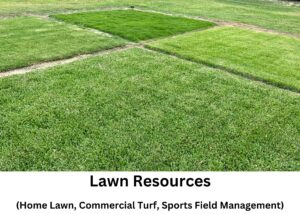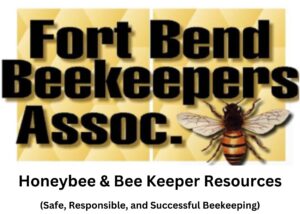
Howdy! Texas A&M AgriLife Extension’s Horticulture program in Fort Bend County promotes research based horticultural practices that help residents create beautiful, productive gardens and landscapes while conserving water and other natural resources. We support local food producers and the green industry with educational programs to help make their farms and businesses more profitable.
 |  |
 |  |
 |  |
 |  |
 |  |
Texas A&M AgriLife Extension-Fort Bend County Annual Events
- Annual Fort Bend Regional Vegetable Conference – each February
- Fort Bend County Pecan Show – each November Pecan Show details | Pecan Harvest Festival; Texas Pecan Show – TPGA
- Fruit Tree Sale – each February*
- Vegetable and Herb Sale – Spring & Fall (Generally March & October)*
- Grow Your Own Series – February-September*
- Landscape Success – February-November*
*Events supported by Texas Master Gardener volunteers
Discover AgriLife Learn!
AgriLife Learn is the home for educational resources for Texas A&M AgriLife Extension. Grab quick information for solutions you need now or sign up for one our courses or certifications to change the trajectory of your future path. From gardening to goats, and childcare to lawn maintenance, we’ve got you covered with the latest research-backed information from Texas A&M AgriLife.
